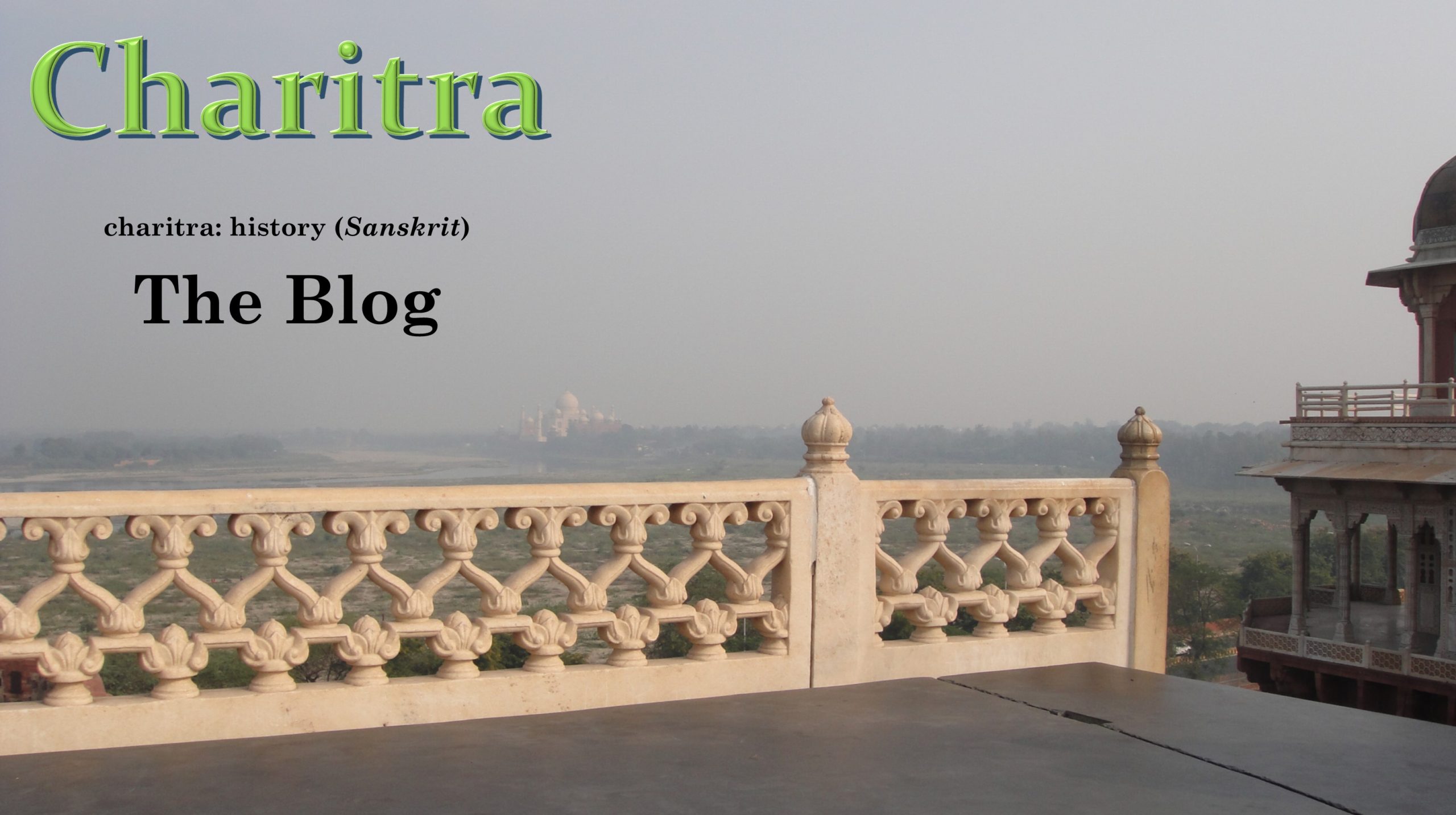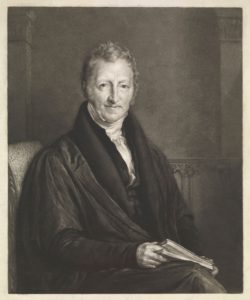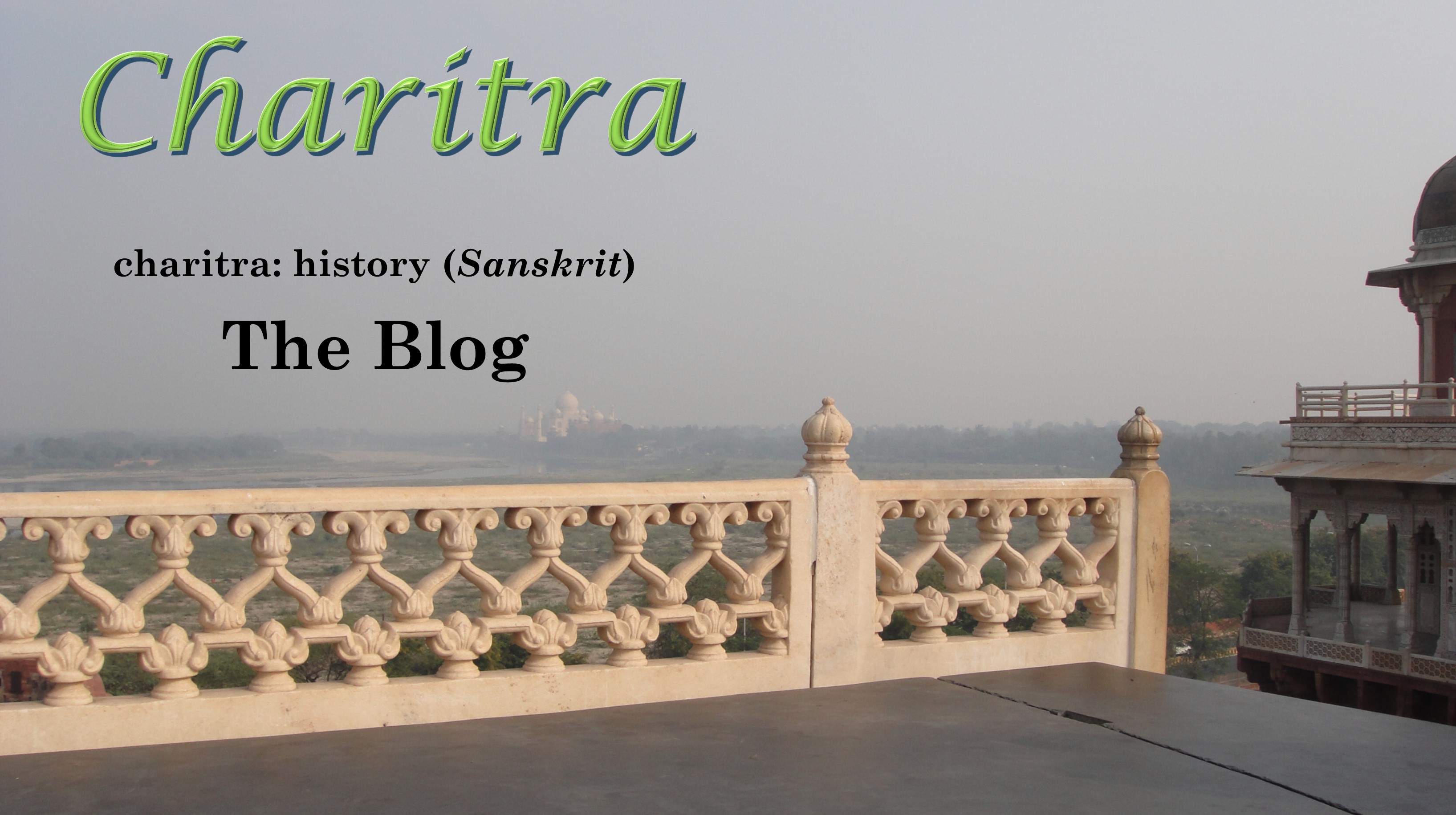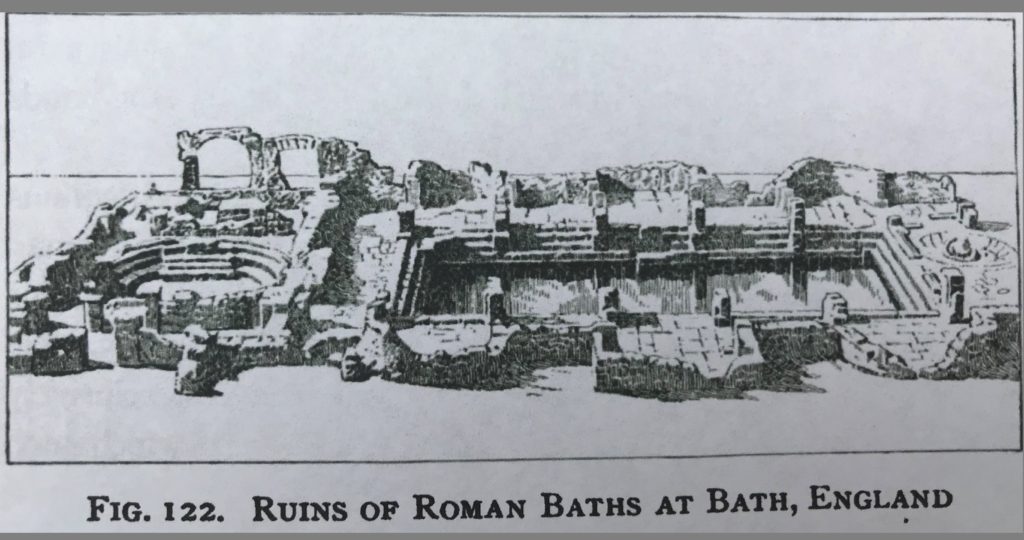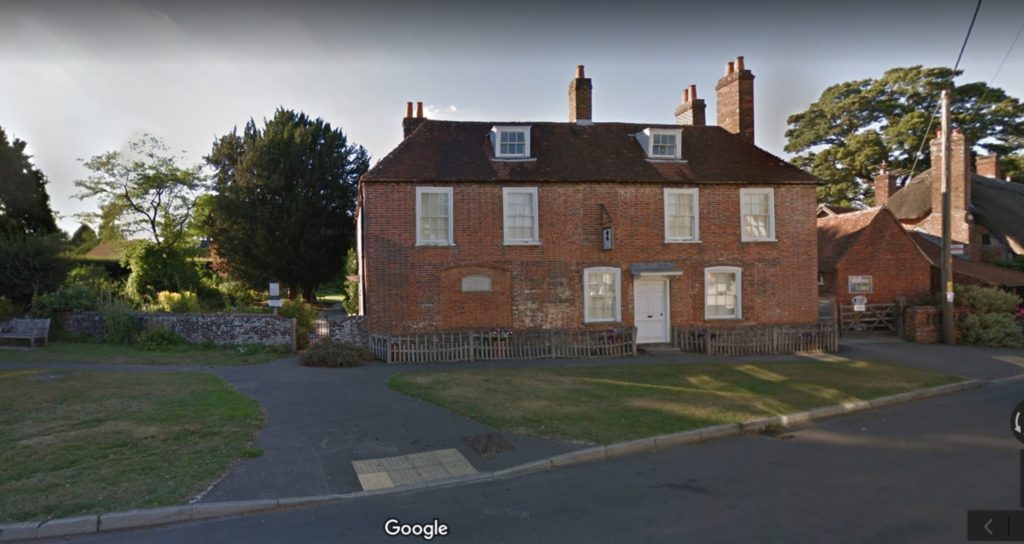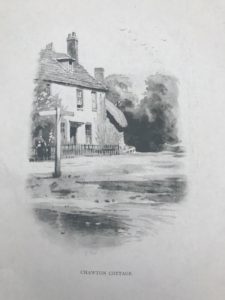Part 1 here
My kingdom for a wife (and an heir):
In the early 16th Century, Bath Abbey and England had a new king, desperate for an heir, married to a woman who could not give him a son.
Henry VIII, who had not expected the throne, was a carousing, hard-living man, tilting in yards, hunting, drinking and eating until late hours. And, he had a roving eye. Eventually, he decided that the first wife would not do, and to divorce her, he toppled the entire religious establishment in England.
Ultimately, Henry would have six wives, with a ditty to immortalize their fates: ‘Died, beheaded, died. Died, beheaded, alive.’
Continue Reading
